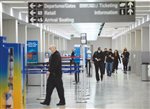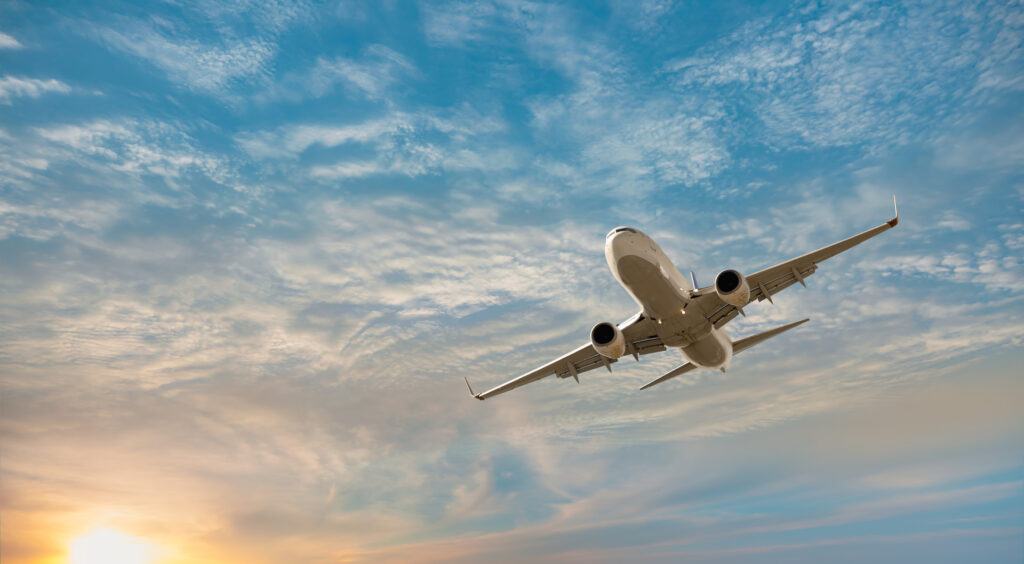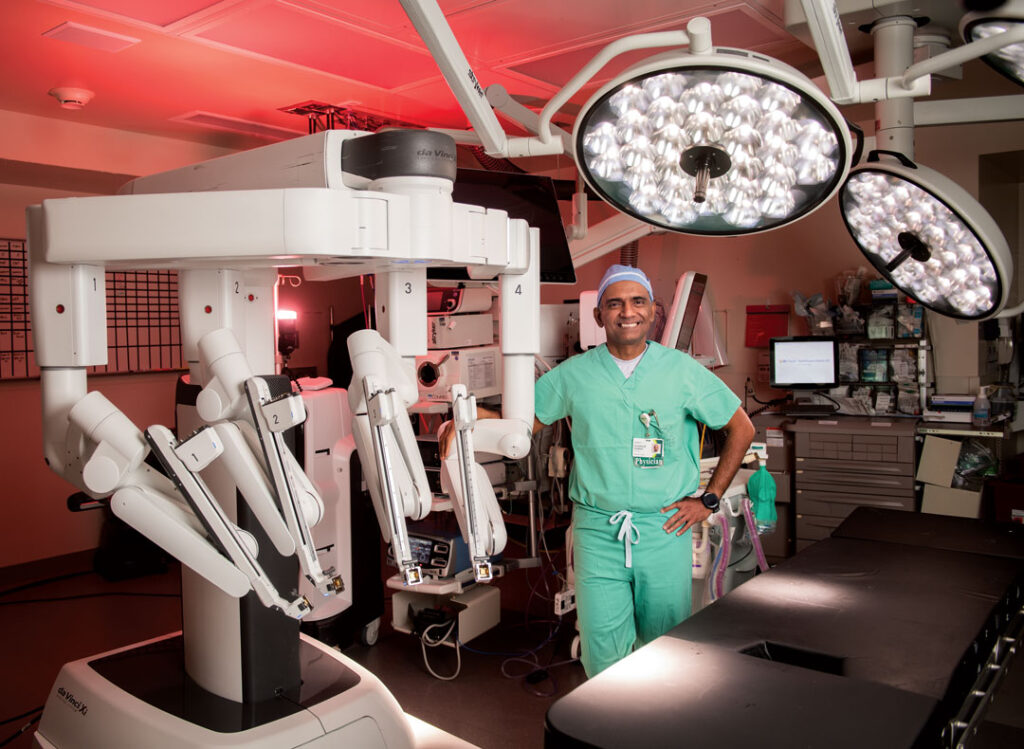Budget cuts, safety protocols helping prepare DSM airport for long recovery

MICHAEL CRUMB Feb 17, 2021 | 2:36 pm
5 min read time
1,276 wordsBusiness Record Insider, Transportation
As air travel continues to lag behind pre-pandemic levels by more than 50%, and with some projections saying the industry may not fully return to 2019 numbers for another two to three years, the Des Moines International Airport is steeling itself for a long recovery by slashing its operating and capital improvement budgets for 2021.
More than 103,600 passengers passed through the gates at the airport in December, a 57.6% decline from December 2019, according to statistics on the airport’s website. For the year, nearly 1.3 million passengers were recorded at the airport, compared with nearly 2.92 million in 2019, a 55.6% decline.
“We slashed our budget to absorb that,” said Kevin Foley, the airport’s executive director. “When the pandemic hit, we looked to see what we could cut out of both our operating budget and our capital improvement budget.”
The biggest area to be cut was the capital improvement budget, Foley said.
The airport had budgeted $35 million last year on capital improvements. This year, that budget stands at about $20 million and the only projects left are those that had grant funding attached to them, Foley said.
An example of a project that has remained in the budget is the new airport entrance road, which is funded in part by a state RISE grant and is part of the new terminal project. An example of a project that was postponed is $4 million for the repair of stormwater tanks to capture runoff from fueling or de-icing procedures on the airplane ramps.
The revenue budget in 2020 was projected at $41 million. That was decreased to an estimated $27 million for 2021, and expenses were cut to $23 million this year, down about $1.5 million from 2020, Foley said.
Recovery
Although air travel increased from April, when traffic had declined 95% with fewer than 11,000 passengers passing through the airport’s gates, levels plateaued as the year progressed. Further increases aren’t expected until business travel returns, Foley said.
He said leisure travel has pretty much recovered from 2020, but business travel remains nearly nonexistent.
“Business travel is where the airlines really make their money,” he said.
That loss of business travel also translated into a loss of about $8 million at the airport’s long-term parking garage, Foley said.
The recovery will also be dependent on the return of international travel, he said.
“It’s going to take a while for people to feel comfortable going international, for countries to open back up, it’s just going to take a while for all of that to come back, especially on the business side,” he said.
The expectation is that the industry will not recover to pre-pandemic levels until at least late 2022 and maybe even as late as 2025, Foley said.
One area that saw growth during the pandemic was cargo traffic, driven in part by increases in online shopping as more people shopped from home.
According to the airport’s website, nearly 6.68 million pounds of cargo passed through the airport in 2020. That’s a 6.4% increase from 2019, when about 6.3 million pounds of cargo was processed.
Foley said airlines that deliver cargo are charged the same fees as passenger flights, so the increase in cargo traffic helped offset a little of the revenue that was lost on the passenger side.
The Des Moines airport also received boosts last year in the form of federal relief aid. It received about $23.1 million in the first round of CARES Act funding last spring, which helped sustain operations. It received about $2.6 million in the second round of federal stimulus money approved in December, and the House Transportation and Infrastructure Committee this week passed a coronavirus package that includes $8 billion for airports. How much Des Moines would receive from a third round of stimulus funding wasn’t immediately known.
Robert Mann, an analyst with New York-based R.W. Mann & Co., said little improvement in air travel numbers is expected in the first half of 2021, and how much traffic returns in the second half of the year will depend on the rollout of coronavirus vaccines.
“I’m hoping we’ll get more vaccination administered, but … it’s not going to come close to 2019 levels until well into 2022 or early 2023,” Mann said. “The demand is nowhere close to normal because the circumstances are still nowhere close to normal, and until we get lots of more vaccines into a lot of arms, it’s not going to be normal.”
“Will we get to where we were [in 2019]? Yeah, very likely, but we will not see 2022 numbers anywhere close to where we thought it would be in 2019,” said Mann, a former executive with the old Pan American airlines and a longtime airlines consultant.
He said domestic travel will likely recover more quickly than international travel.
“We can’t very much influence what happens in foreign countries, he said. “We’ll see a return to as normal as things can be here much sooner than we’ll see recovery of foreign markets. Those will be lagging another six to nine months behind domestic recovery, and that’s totally a function of what they do there.”
Airlines ended 2020 with record losses
Delta Airlines lost a record $12.39 billion in 2020. United Airlines ended the year with a net loss of $7.07 billion. American, which earlier this month warned that 13,000 employees could be laid off if summer travel doesn’t rebound, lost a record $8.9 billion last year, and Southwest ended 2020 with a net loss of $3.1 billion.
In a Jan. 28 news release, Gary C. Kelly, chairman and CEO of Southwest Airlines, said the pandemic hit the airline industry especially hard in 2020, leading to the company’s first annual net loss since 1972.
The airlines are subject to mask mandates imposed by the Biden administration, and some are continuing other measures to reduce risks to passengers.
Delta, for example, has extended its practice of blocking middle seats through April 30. Other airlines list enhanced cleaning protocols, limited meal or snack service and touchless service as measures they’re taking to keep customers and employees safe.
Moving forward
Foley said the industry’s focus will remain on passenger safety as it continues its recovery.
Plexiglass that was installed on the ticket counters last year will likely become permanent, he said.
Another example is the move toward touchless technology, which Foley said is coming on much faster than expected. Remote check-in, using kiosks to scan boarding passes or credit cards to check in at the airport, and scanning an ID, such as a driver’s license, at TSA screening have quickly been adopted and are likely to stay, Foley said.
The desire by passengers to keep a safe distance from others will also likely continue and could affect design for the new terminal project, he said.
Foley said design on the $240 million project may have to be adjusted to accommodate increased spacing for customers, particularly near boarding gates.
Design is scheduled to begin in 2024, with construction slated to start in 2026 and a completion date in 2028.
“I will tell you we are staying on schedule at this point,” Foley said.
He said the airport was already struggling to find space to park airplanes and park cars, particularly in remote parking, and people were sitting on the floors in the areas near the boarding gates.
“We were really starting to feel the crunch in this terminal,” Foley said. “So if we don’t stay on schedule and recover quickly and go past demand we saw in 2019, it’s going to be tight here. It’s going to be crunch time here in this terminal.”










